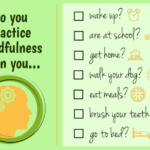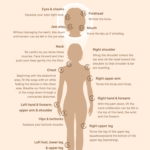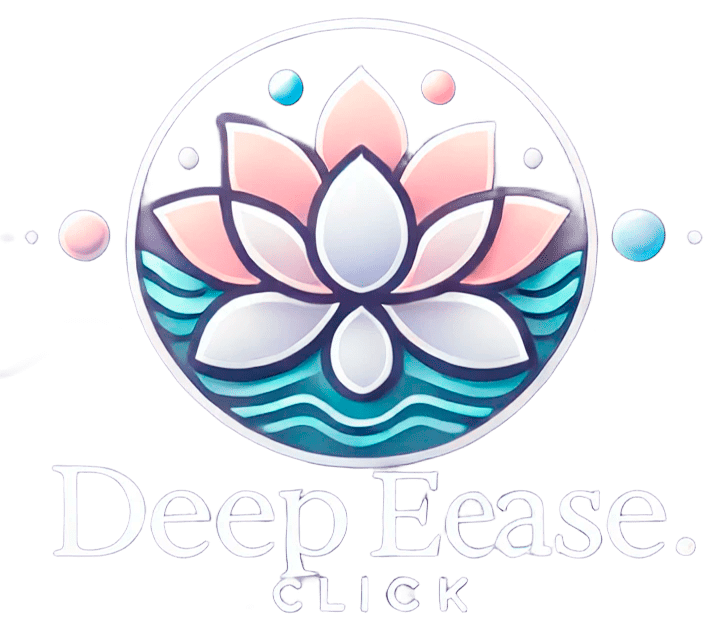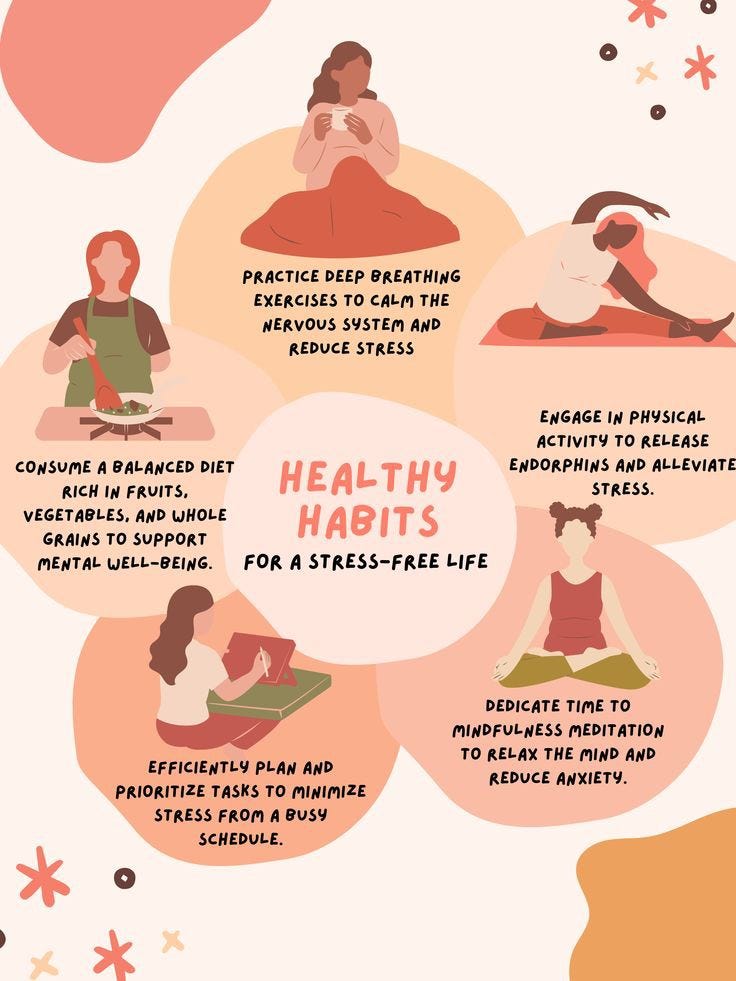Feeling overwhelmed by your demanding career? Busy professionals often neglect self-care, leading to burnout and decreased productivity. This article presents a collection of free, readily accessible relaxation exercises designed to help you manage stress and improve your well-being. From simple breathing techniques to guided imagery and progressive muscle relaxation, these exercises require minimal time and equipment, fitting seamlessly into even the busiest schedules. Discover how prioritizing even short periods of relaxation can significantly boost your energy levels, focus, and overall performance.
Unwind Your Mind: Free Relaxation Techniques for the Stressed Professional
Deep Breathing Exercises: Your Pocket-Sized Stress Reliever
Deep breathing exercises are incredibly effective for managing stress and promoting relaxation, and they require no equipment or special space. The key is to focus on slow, controlled breaths, inhaling deeply into your belly and exhaling slowly. Techniques like box breathing (inhale for 4, hold for 4, exhale for 4, hold for 4) or diaphragmatic breathing can significantly lower your heart rate and calm your nervous system. Practicing even a few minutes daily can make a noticeable difference in your overall stress levels. Regular practice can help you develop a quick and easy way to center yourself amidst the chaos of a busy workday.
Progressive Muscle Relaxation: Taming Tension Through Targeted Release
Progressive muscle relaxation (PMR) is a technique that involves systematically tensing and releasing different muscle groups in your body. By focusing on the physical sensations of tension and release, you can learn to identify and alleviate muscle tension often associated with stress. Start with your toes, tensing them for a few seconds, then releasing completely and noticing the difference. Work your way up your body, focusing on each muscle group individually. This technique is particularly helpful in reducing physical manifestations of stress like headaches and back pain. Consistency is key to reaping the benefits of PMR.
Mindfulness Meditation: Finding Calm in the Present Moment
Mindfulness meditation encourages you to focus on the present moment without judgment. By paying attention to your breath, body sensations, and thoughts without getting carried away by them, you can cultivate a sense of calm and awareness. There are countless guided meditations available online, or you can simply sit quietly and focus on your breath. Even a few minutes of mindfulness each day can help you to manage stress and improve your focus and concentration. Regular practice will improve your ability to remain present and not get overwhelmed by stressful situations.
Guided Imagery: Escaping to Your Personal Oasis
Guided imagery involves using your imagination to create a relaxing and peaceful scene. This could be a beach, a forest, or any other place that evokes feelings of calm and tranquility. You can find many free guided imagery exercises online or create your own. By visualizing a relaxing scene and focusing on the sensory details (sights, sounds, smells), you can effectively reduce stress and promote relaxation. The use of your imagination to create a mental retreat makes it an effective coping mechanism for stress.
Yoga and Stretching: Unwind Your Body and Mind
Yoga and stretching are excellent ways to relieve tension, improve flexibility, and promote relaxation. Many free yoga videos and tutorials are available online catering to all levels. These practices combine physical postures with breathing exercises, promoting both physical and mental well-being. Focusing on your breath and body movements helps to calm the mind and release physical tension. Even simple stretches can make a big difference in reducing stress and improving energy levels.
| Technique | Benefits | Accessibility |
|---|---|---|
| Deep Breathing | Reduces heart rate, calms nervous system | High (requires no equipment) |
| Progressive Muscle Relaxation | Alleviates muscle tension, reduces physical stress symptoms | High (requires no equipment) |
| Mindfulness Meditation | Improves focus, reduces stress, increases self-awareness | High (many free guided meditations available) |
| Guided Imagery | Promotes relaxation, reduces stress and anxiety | High (many free guided imagery exercises available) |
| Yoga & Stretching | Improves flexibility, relieves tension, promotes physical and mental well-being | High (many free videos and tutorials available) |
Unwind Your Mind, Recharge Your Body: Simple Relaxation Techniques for Stressed Professionals
Unwind Your Mind, Recharge Your Body: Simple Relaxation Techniques for Stressed Professionals
This subtitle suggests that the article will focus on practical and readily available relaxation techniques specifically tailored to the needs of busy professionals. It highlights both mental and physical benefits, promising actionable advice to help readers manage stress and improve their well-being.
Deep Breathing Exercises for Instant Stress Relief
Deep Breathing Exercises for Instant Stress Relief
Deep breathing exercises are a cornerstone of relaxation techniques because they directly impact the nervous system. The practice of consciously slowing and deepening your breath activates the parasympathetic nervous system, counteracting the "fight-or-flight" response associated with stress. Different techniques exist, including diaphragmatic breathing (belly breathing), box breathing (inhale for 4, hold for 4, exhale for 4, hold for 4), and alternate nostril breathing (Nadi Shodhana). These can be practiced anywhere, anytime, requiring minimal time commitment—making them perfect for busy professionals to incorporate into their day, even during short breaks. The benefits include reduced heart rate, lower blood pressure, and a sense of calm and centeredness.
Progressive Muscle Relaxation: Releasing Tension Through Your Body
Progressive Muscle Relaxation: Releasing Tension Through Your Body
Progressive muscle relaxation (PMR) is a technique that involves systematically tensing and releasing different muscle groups in your body. By consciously noticing the difference between tension and relaxation, you train your body to recognize and release physical tension which often accompanies stress and anxiety. The process usually starts with the toes and works its way up to the head, focusing on specific muscle groups like the face, shoulders, arms, and legs. Regular practice of PMR can lead to reduced muscle tension, improved sleep, and a greater awareness of physical sensations, helping you identify and manage stress before it escalates. It can be practiced in a quiet environment, but short versions can be adapted for busy schedules.
Mindfulness Meditation: Finding Calm in the Present Moment
Mindfulness Meditation: Finding Calm in the Present Moment
Mindfulness meditation encourages focusing on the present moment without judgment. This involves paying attention to your breath, bodily sensations, thoughts, and emotions as they arise, without getting carried away by them. The practice cultivates a non-reactive awareness, helping to reduce stress and improve emotional regulation. There are many guided meditations available online for free, making it accessible even to busy professionals with limited time. Even short mindfulness sessions (5-10 minutes) can have significant benefits, such as improved focus, reduced anxiety, and enhanced emotional well-being. It's about cultivating a mindful approach throughout the day rather than just during dedicated meditation sessions.
Guided Imagery for Relaxation and Stress Reduction
Guided Imagery for Relaxation and Stress Reduction
Guided imagery involves using your imagination to create calming and peaceful mental images. This technique leverages the mind's ability to influence the body's physiological state. By visualizing relaxing scenes, like a beach, forest, or mountaintop, you can evoke feelings of peace and tranquility, counteracting the effects of stress. Numerous free guided imagery audios are readily accessible online, allowing busy professionals to incorporate this relaxation method into their routines, even while commuting or during lunch breaks. Regular practice can lead to reduced anxiety, improved mood, and enhanced coping mechanisms for stress. The key is to find imagery that resonates personally and consistently engage in the practice.
Yoga and Stretching for Body and Mind Harmony
Yoga and Stretching for Body and Mind Harmony
Yoga and stretching offer a holistic approach to relaxation, combining physical postures, breathing techniques, and mindfulness. The physical postures help release muscle tension, improve flexibility, and enhance circulation. The incorporation of breathing techniques further promotes relaxation and stress reduction. Numerous free online yoga classes and stretching routines cater to various skill levels and time constraints, making it easy for busy professionals to incorporate this practice into their lifestyles. Benefits include improved physical health, stress reduction, enhanced flexibility, and increased body awareness, fostering a sense of harmony between body and mind.
Frequently Asked Questions
How much time do these free relaxation exercises take?
The exercises are designed to fit into even the busiest schedules. Many are short, lasting only 5-10 minutes, perfect for a quick break during the workday. Others are longer, but can be easily broken down into shorter sessions to suit your available time. The key is to find what works best for your schedule and commit to even just a few minutes of daily practice.
Are these exercises suitable for beginners?
Absolutely! These exercises are specifically chosen for their simplicity and accessibility. No prior experience with relaxation techniques is required. The instructions are clear and easy to follow, making them perfect for those new to mindfulness and stress reduction techniques. Even if you think you have no time for self-care, you can find a suitable exercise to incorporate in your daily routine, even if it's just for a few minutes.
What if I don't have a quiet space to do the exercises?
While a quiet space is ideal, it's not always necessary. Many of the exercises can be adapted to suit any environment. For example, short breathing exercises can be performed discreetly at your desk. The focus is on your internal experience, rather than the external environment, so you can still gain significant benefits even in a busy or noisy setting.
What kind of relaxation techniques are included?
The exercises encompass a range of popular and effective relaxation techniques, including deep breathing exercises, mindfulness meditation, progressive muscle relaxation, and guided imagery. This variety allows you to explore different approaches and discover which methods resonate most with you and are most effective for managing your stress levels and improving your overall well-being.
 How to Find Inspiration in Everyday Mindfulness Practices
How to Find Inspiration in Everyday Mindfulness Practices How to Turn Relaxation Into a Shared Family Experience
How to Turn Relaxation Into a Shared Family Experience How to Master the Art of Relaxation
How to Master the Art of RelaxationIf you want to know other articles similar to Free Relaxation Exercises for Busy Professionals you can visit the Wellness and Mindfulness category.

